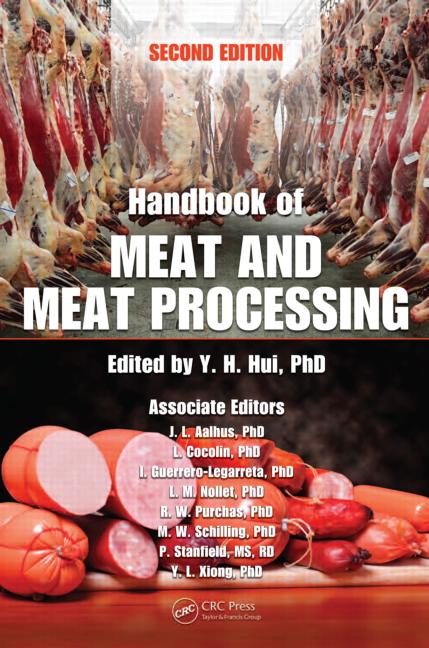Meat Science Review: 'Residual' effects
Selection for swine feed efficiency and potential effects on pork quality.

Residual feed intake (RFI) is a measure of feed efficiency that uses advanced statistical methods to take into account multiple growth factors. RFI is defined as the difference between observed and expected feed intakes, where the expected feed intake is calculated based on factors such as average daily gain and backfat.
A low RFI value represents an animal that is more feed-efficient, consuming less feed than expected based on its growth factors. Several physiological factors may control the improvement in energy efficiency observed in the low-RFI animals including but not limited to physical activity, feed-intake patterns and behavior, body composition, stress, metabolism, and protein turnover.
Scientists at Iowa State University (ISU) are using genetic selection for RFI to identify factors that can be altered to improve pig performance. Whereas the first five generations consisted of low RFI and control lines of Yorkshire pigs, more current generations have been divergently selected for either low or high RFI values.
A study was conducted using fifth-generation pigs to determine differences in pork quality between the low and control RFI lines. Pork from low-RFI pigs exhibited greater lean and less fat (both subcutaneous and intramuscular). Additionally, RFI value was correlated with tenderness and protein degradation, with pork from pigs with lower RFI values being less tender. Calpain enzyme activity is highly involved in tenderness development via protein degradation, and greater activity of its inhibitor, calpastatin, was observed in pork from low-RFI pigs. Increased calpastatin activity inhibits postmortem protein degradation and may ultimately negatively impact tenderness formation.
More recently, muscle protein turnover differences were determined in low- versus high-RFI pigs from generation seven. While no differences were found in the protein synthesis pathway, less activity was observed in protein degradation systems in low-RFI pigs, including the calpain system. The reduced activity of the calpain system included both less activity of the calpains and greater activity of the inhibitor calpastatin.
Decreased protein degradation conserves energy required to break proteins down to their component amino acids, explaining a portion of the increased energy efficiency in the low-RFI line. These results suggest that tenderness in pork could be adversely affected by selection for low-RFI pigs.
When selecting for RFI, or any other attribute, we must continually monitor to ensure that quality is not adversely affected. Current and planned investigations using pigs from the ISU RFI herd will continue to extend our understanding of the balance between swine performance, metabolism, carcass composition and product quality.
Looking for a reprint of this article?
From high-res PDFs to custom plaques, order your copy today!







